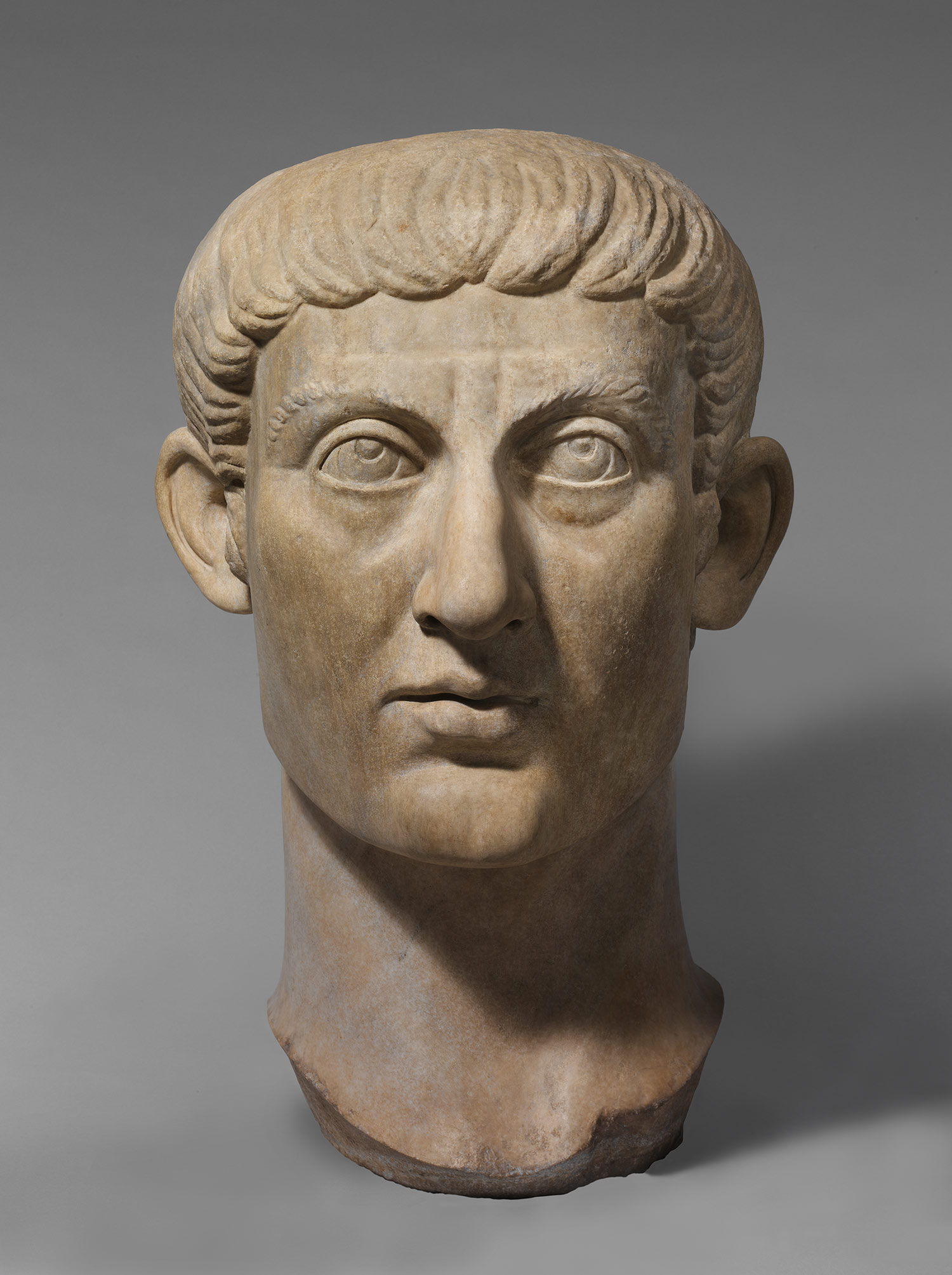
One of the biggest influences in the modern world still today is religion. It has been said for years that there should be a separation of church and state, however religion still determines many of the decisions made globally today. One of the largest religions on Earth today is Christianity, and a major question is what factors and mechanisms helped this religion spread and grow to what it is today.
Global trade, with the establishment of the silk road and other trade networks. was one of the biggest influences in the spread of all religions as well as Christianity. With these established routes people of the Christian faith, such as missionaries, could travel great distances spreading the word of their religions to regions of the world that were not as easily accessible befor
 e. Not just missionaries but even merchants and anyone really was able to help spread the word of religion.
e. Not just missionaries but even merchants and anyone really was able to help spread the word of religion.When the ruler of the entire Roman empire converts to Christianity it is going to make the idea of this religion a bit more popular. When Constantine converted to Christianity it made Christianity much more popular within the empire, and had one of the biggest impacts on the religion still today.
Christianity was appealing in many ways to simple people as well. The idea of salvation was a huge factor in the conversion of so many. Normal people, not rulers, aristocrats or any other elite class was able to reach salvation through this faith which compelled so many. Such a simple route to salvation would be very appealing to many.
http://mr_sedivy.tripod.com/r_life.html

 Constantine attributed this victory to the Chi-Ro he saw before the battle. He then thought of himself as an emperor of the Christian people. He soon became a dominant leader in Rome, and ordered that authorities stop executing the Christians. For a while, he was not familiar with Christian beliefs, but he learned as time went on. He often tried to solve disputes peacefully. However, at time he became increasingly brutal, and even persecuted the ‘wrong type’ of Christians.
Constantine attributed this victory to the Chi-Ro he saw before the battle. He then thought of himself as an emperor of the Christian people. He soon became a dominant leader in Rome, and ordered that authorities stop executing the Christians. For a while, he was not familiar with Christian beliefs, but he learned as time went on. He often tried to solve disputes peacefully. However, at time he became increasingly brutal, and even persecuted the ‘wrong type’ of Christians.

